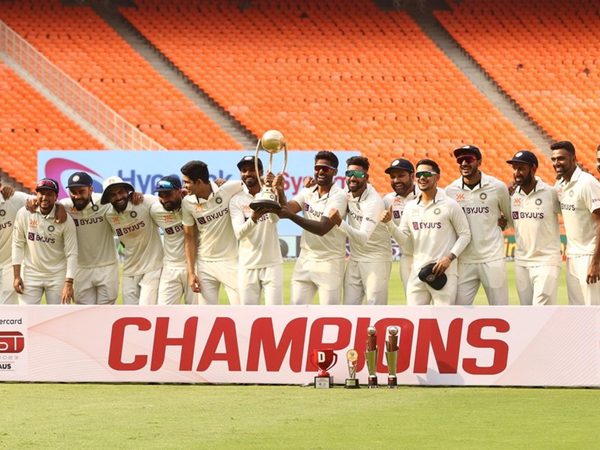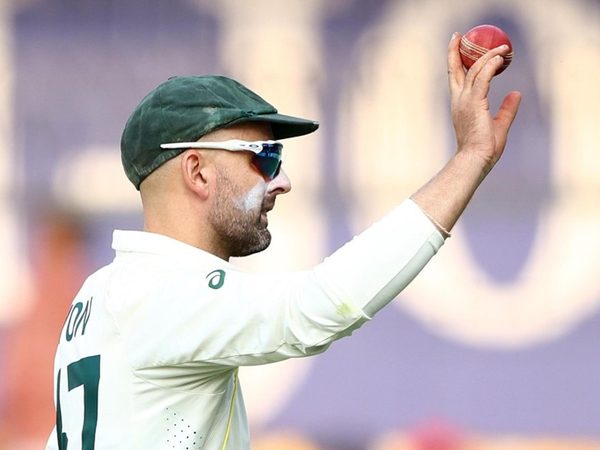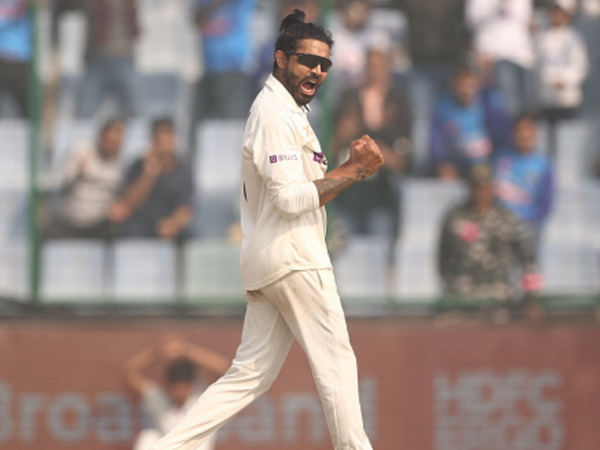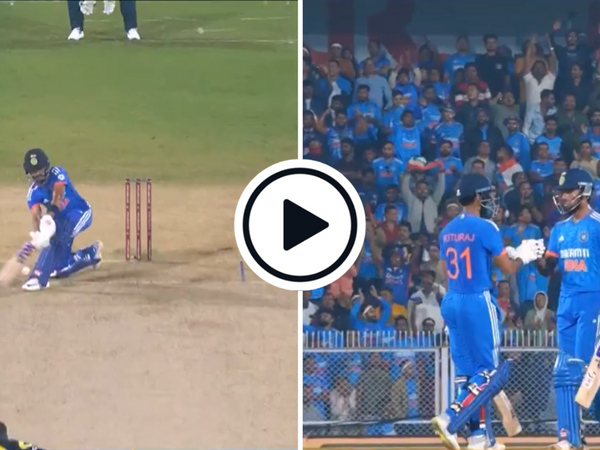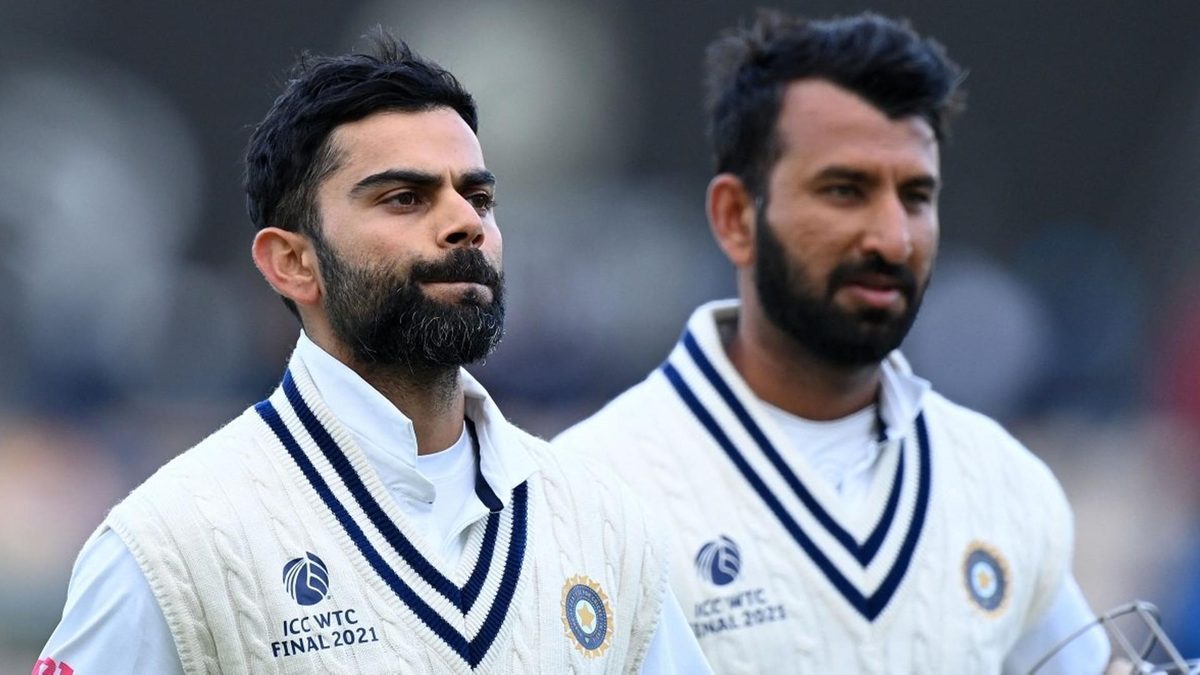
KL Rahul has received a lot of flak of late for the extended Test match run he has been given, despite his ordinary form. But some of his teammates have had similar runs, with less criticism.
Of late, there has been much discussion around Rahul, in the media, on social media, and even among former Indian cricketers. Not all of it is exaggerated, for Rahul’s form has been questionable of late.
Since the start of 2022, Rahul averages 15.90 across six Test matches. He had an excellent 2021, but since 2019 he has 746 runs from 14 Tests. His career average, for 47 matches, reads 33.44. As an opener, it reads 34.94.
One may argue that all other openers in matches featuring Rahul have averaged 30.56, which may indicate that the conditions might have played a role in his ordinary-looking stats. There are other mitigating arguments too, but it cannot be denied that the Indian openers in these matches – Rohit Sharma (55.10) as well as the now-out-of-favour Shikhar Dhawan (38.45) and M Vijay (36.40) – have done better.
There are two other aspects to criticism of Rahul as well. He has simultaneously lost form in the shorter formats and Test matches, while Shubman Gill – who has been batting like a dream recently – perhaps deserved a longer run. There is also Mayank Agarwal, fresh from finishing as the leading run-scorer in the Ranji Trophy with 990 runs at 82.50.
While building a genuine case for leaving out Rahul, it is perhaps pertinent to look at some of his teammates as well.
Pujara’s stop-start run
Until the end of 2019, Pujara averaged an outstanding 49.48. There was just time for a blip on a New Zealand tour before the COVID-19 outbreak. Later that year in Australia, Pujara averaged 33.87 but faced 928 balls, taking blow after blow on the body to prevent a very strong Australian attack from finding inroads into the Indian middle-order.
It was not a great outing, but Pujara was one of two Indians (Ajinkya Rahane being the other) who played in every Test match of that historic win. He emerged from the series as a cult hero of sorts.
But he failed in the England series at home as well as in the World Test Championship final, before doing reasonably in the two-part tour of England (bizarrely too, he averaged 6.20 in the five first innings and 68.75 in the second innings). After two ordinary series, against New Zealand at home and in South Africa, Pujara – and former vice-captain Ajinkya Rahane – were left out against Sri Lanka.
But while Rahane could not find a way back, Pujara did, with 1,094 runs at 109.40 in the County Championship for Sussex. He earned a recall for the fifth Test match of the ‘split series’, in Edgbaston, and top-scored in the second innings with 66. In the Bangladesh tour later that year, he top-scored with 90 in the first innings in Chattogram, and made his fastest-ever Test hundred in the second.
For a while, it seemed the stint with Sussex had turned his career around – until he followed the hundred with a run of 24, 6, 7, 0. That was before he made an unbeaten 31 in the chase against Australia in Delhi.
Since 2020, Pujara averages 29.81. With a 1,000-run cut-off, only Zak Crawley (28.12) has a worse average. The selectors had made it clear that they would not hesitate to drop him. At 35, that is perhaps not optimal for the continuation of his international career.
Kohli’s absurd slump
If we change the cut-off to 900 runs, Virat Kohli (26.13) has the worst Test average in the world since 2020. Make it 800, and Kohli is still the second-worst, above only Rahane (24.08) – a man not in the India XI anymore.
Kohli is yet to score a Test hundred since 2019 – he has got starts, even the odd forty or fifty. There was 74 in Adelaide, 72 and 62 in the two Chennai Tests against England, 50 and 44 at The Oval, even the recent 44 against Australia in Delhi, but the finest of all was a brilliant 79 in Cape Town. Over this period, his career batting average dropped from 54.97 to 48.49.
There is perhaps still enough in that illustrious career to guarantee him some more time in the XI. There is also hope, he has made three ODI hundreds of late. However, three years – and 22 Test matches is a reasonably long period without reaching three figures.
A harsh call is perhaps some time away, for even 80 percent of Kohli’s peak (3,596 runs at 66.59 between 2016 and 2018) is higher than the career averages of most India batters. Even then, if the fans are impatient, at some point the selectors will be, too.
The competition
India play three batters in the middle-order. At No.5, Shreyas Iyer (640 runs at 49.23) has sealed a spot – for now. However, he will face stiff competition from Hanuma Vihari, who averages only 33.56 but has been used at five different batting positions across 28 innings, and has played only three of his 16 Test matches at home. A fracture has ruled Vihari out of cricket, but once he is back, he will be one for a long run in the side.
The experiment with Suryakumar Yadav did not work out. Unless someone gets injured, he will probably not make it to the Test XI again anytime soon. However, once Sarfaraz Khan recovers from his recent injury, he is likely to be in contention again.
And if India indeed back Rahul at the top despite his indifferent form, playing an in-form Gill or Agarwal at No.3 may not be the worst of decisions.
The alarm bells are not ringing yet for India’s middle-order giants. They are unlikely to for the World Test Championship final in June either, for which India are almost certain to qualify. But on the other side of that final, when the World Cup is done and dusted, the selectors may have to take a call.

